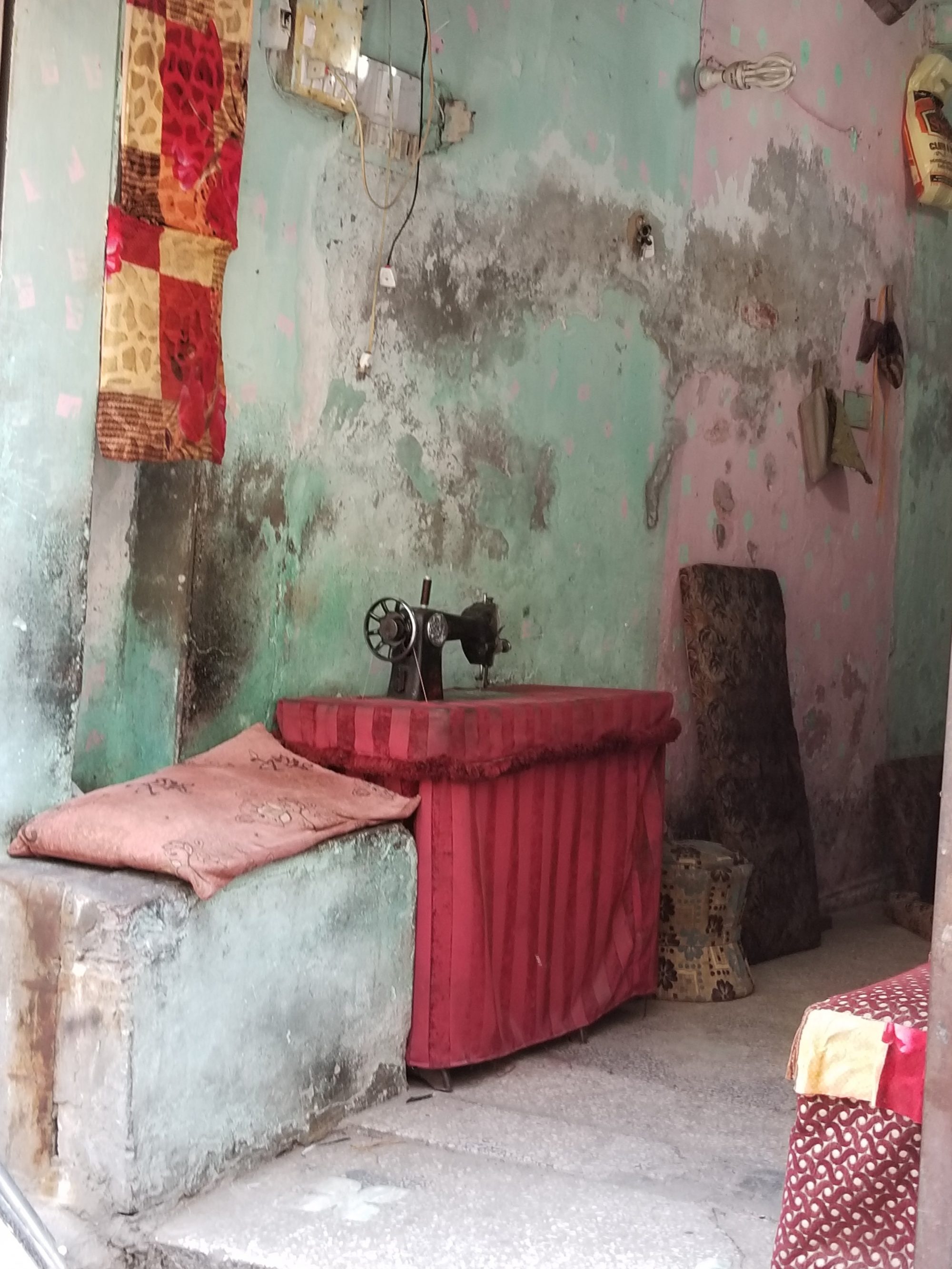Read only Alif; it will liberate you
The Alif multiplied and became two. three and four
It bore again and became a thousand, a million, a billion.
Then it multiplied itself into an infinite number,
This mystery of Alif is wonderous!
Why do you read bundles of a book?
Your head is loaded with sin;
Now you look like a handyman,
And the path ahead is complex and arduous!
You become Hafiz and learn the Qur’an by heart,
You purge your tongue by reading its text,
But you fix your attention on the luxury of the world,
Your mind wanders like a mad madman.
O Bullah, the seed of the banyan tree was sown,
The tree grew big,
When it died,
The same Single Seed has been left over again.
Here is the description: The title comes from the poem/Kaafi of Baba Bulleh Shah. Fundamentally, the poem is about the Unity of Knowledge. Here is Bulleh Shah is the first person narrator in the poem and is, first of all, addressing a general audience and, in the last verse, addresses himself, “O Bullah”The poet himself communicates the symbolism of the Alif so simply and yet with such faith that it inspired me to depict the subject in painting form. In this poem, the Alif is the first letter of the Arabic alphabet (corresponding to ‘A’) and the letter that begins the word ‘Allah’; here, the Alif corresponds to Allah Himself and is the symbol of Unity. The poem’s subject is the Unity and Diversity of God – God is One, and his gnosis and knowledge are One – all branches of knowledge flow from one and the same knowledge and all return t the One. The theme is that people who read and collect books, and those who memorise the Qur’an, those who consider themselves learned, are not the ones closest to God. Rather, it is the man who knows God in his heart, that is, who knows Alif, who I the one with a pure and sincere heart who stands upright before his Lord. On reading the poem, even in English, it is the most beautiful language that says so much in such few simple words. Besides decrying books and too much learning, the poet criticises the hypocrisy of one who learns the Qur’an and then focuses his “attention on a luxury of the world.” In the last verse, he addresses himself, “O Bullah,” as if the poem were a reminder of the Truth and what he and all of us should centre our lives around. True knowledge, in fact, liberates the soul from the world’s distractions – it prevents our minds from wandering “like a madman.” And the remembrance of Allah, of the Mystery of Alif, is truly wonderous and always brings us back to the True Centre. In the last verse, the author mentions the seed of the banyan tree; the banyan tree is a significant and symbolic tree in the Indo-Pak Hindu and Muslim mystical traditions as well as in the Buddhist tradition. Not only did the Buddha sit under the banyan tree until he attained enlightenment, but also mystics from Hindu and Muslim traditions sat under the banyan tree, and the Single Seed from which the tree grows represents Unity to which all things, all multiplicity eventually returns.



well your students can exhibit with us , we have art lovers who ca buy the paintings also , very good work
LikeLike
Thank you for your heartening comments. Will discuss about the exhibition. Tell more about the gallery. I have some very good students who would like to exhibit.
LikeLike
This is one of the unique display i have witnessed during my professional career as an architect and abstract artist. I admire Fatima Zahra Hassan’s exclusive drive for paintings and her absorbing interests in the study of mysticism. She has been a wonderful artist and research annalist on history. Her works are source of inspirations for current artists and up coming graduates. I would like to greet her and wish her all the best in her career & future.
LikeLike
Thank you Nazar, I am totally humbled by your kind words. I truly humbled.
Thank you so much for such heartening remarks. Now I know that you are very much into Sufism and can appreciate what I am trying to express as a visual artist. Thank you!
LikeLike
Reblogged this on Zahra's Blog.
LikeLike
This is similar to lessons in Bahá’í. The tradtion that all the books can be found in the Holy Qur’án, and the Qur’án is contained in the Fatiha. The Fatiha is contained jn the first verse Bismillah Rahman-I-Rahím, and that sacred verse is found within the first letter Beh, written with a nuqt (point). The Báb said He was the Primal Point. Both He and Bahá’u’lláh used abjad reckoning (with numerical values) without education, figuring or editing. Thrir knowledge was intuitive. Bahá’u’lláh explained about VAV, how the Prophetic cycle to Prophet Muhammad was the first vav, and Alí, the Báb was aleph, who revealed the remaining 25 letters of knowledge. Only two had been previously revealed. The second vav is the new Cycle of human development we are moving into now.
LikeLike
Thank you for your comments. Very apt !
LikeLike